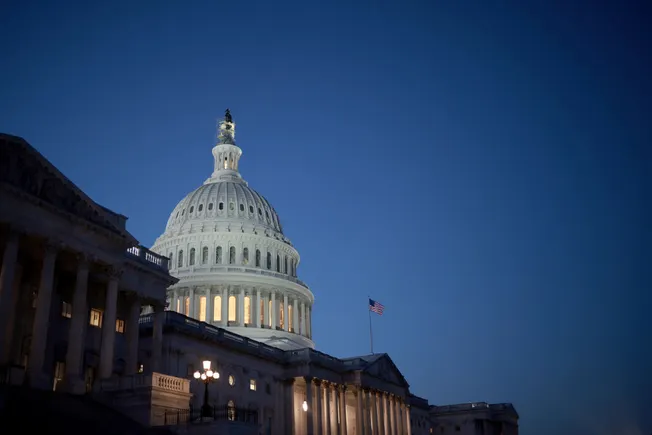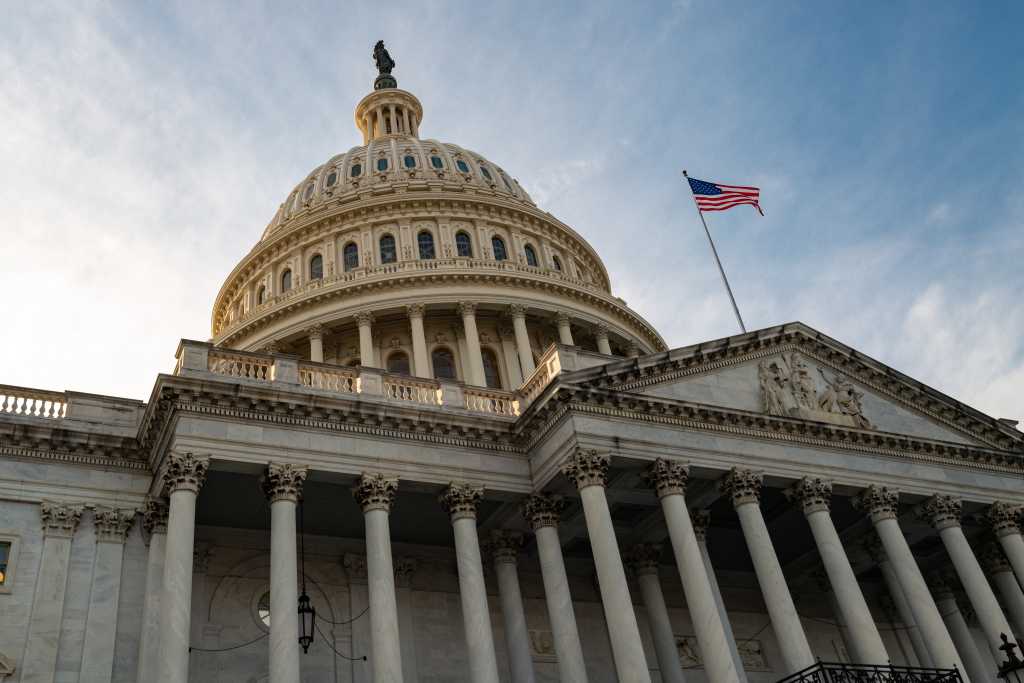
Dive Brief:
- The pipeline of data centers and and other “high density load” projects in Exelon utilities service territories more than doubled to 17 GW from a year ago, Calvin Butler, Exelon president and CEO, said Wednesday during an earnings conference call.
- Exelon expects its load will grow by 1.3% over the next four years starting this year compared with a 0.4% decline over the previous eight years, according to an earnings call presentation.
- Amid concerns that load growth in the PJM Interconnection may outstrip electricity supply, Butler called for non-market approaches to ensuring the grid operator has adequate and affordable generating capacity. “It’s clear that states are and should be proactively involved in supply solutions that complement the markets,” Butler said. “A variety of solutions across regulated and merchant participants is necessary.”
Dive Insight:
“It’s clear as we face rapid and significant load growth we need enhanced solutions at PJM, and we also need other approaches complementary to PJM that can meet those evolving customer needs as cost effectively as possible,” Butler said.
Exelon officials are consulting with stakeholders on 45 state bills that affect supply or demand-side solutions, according to Butler.
Exelon supports states taking a more direct role in oversight of energy security through solutions that complement the markets and deliver supply cost-effectively, the Chicago-based company said in the presentation. Options states are considering include expanding demand-side solutions, building power lines, state involvement in obtaining supply, including regulated utility participation, and revising clean energy goals, according to Exelon.
Highlighting Butler’s concern about electricity prices, New Jersey utility regulators on Wednesday said they expect electricity bills will increase 17.3% for Exelon’s Atlantic City Electric utility subsidiary and up to 20% for other utilities in the state based on the results of a just-held electricity supply auction.
Exelon expects surge in transmission spending
Meanwhile, Exelon expects its utilities will spend about $38 billion in the next four years on capital projects, up 10% from a year ago, with transmission driving 80% of the increase, according to Butler. With the spending, Exelon expects its rate base will grow 7.4% a year in that period.
Exelon sees an additional $10 billion to $15 billion in potential transmission opportunity beyond its capital expenditure plan, including projects that would serve data centers and other high density load, according to Jeanne Jones, Exelon’s chief financial officer.
Exelon has an “unmatched platform” for transmission investment, Jones said. “The proliferation of high-density load, increasingly volatile weather and a growing and changing generation stack all point to it,” she said.
Three Exelon utilities — PECO Energy, Baltimore Gas and Electric and Potomac Electric Power Co. — are slated to spend $154 million, $1.1 billion and $241 million, respectively, on transmission to enable the shutdown of the Brandon Shores power plant in Maryland, the company said in its annual report filed Wednesday at the U.S. Securities and Exchange Commission.
Meanwhile, Exelon recorded a $70 million loss in the fourth quarter to reflect an agreement it reached with Federal Energy Regulatory Commission staff that settles an agency audit, according to the annual report. FERC staff found that Exelon’s Commonwealth Edison utility had misallocated certain construction costs. The agreement was filed on Tuesday for FERC approval.
On the financial front, Exelon’s income jumped 14% in 2024 to $2.5 billion, or $2.45/share, from $2.3 billion, or $2.34/share, the year before, the company said in a press release. Exelon’s revenue grew to $23 billion last year from $21.7 billion in 2023.
Exelon said it expects its earnings will grow 5% to 7% a year through 2028.



















